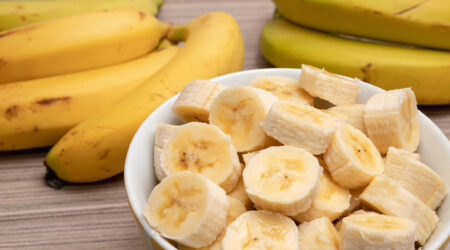
Natural Remedies and Food Tips to Reduce Wrinkles
As we age, wrinkles become more and more prominent on our skin. They can be a source of insecurity and make us look older than we are. But the good news is that wrinkles do not have to be permanent; there are ways to eliminate or at least reduce their appearance. This article will explore some natural remedies and food options that help. The tips will help you achieve smoother, wrinkle-free skin. What are wrinkles? Wrinkles, characterized by lines and creases on the skin, are a natural part of aging. They form when the skin loses its elasticity and ability to stretch. They can occur anywhere on the body but are most common around the eyes, mouth, forehead, and nose. Causes of wrinkles As mentioned, the skin becomes less elastic as we age and loses its ability to bounce back after being stretched or pulled. This makes wrinkles more likely to form. But age is only one factor that can cause the condition. Many other factors can also lead to wrinkles, and it is essential to be aware of them, so you can take steps to prevent or reduce their appearance. Some common causes of wrinkles include: Sun damage Exposure to sunlight can cause premature skin aging and, thus, wrinkles. The UV rays from the sun damage collagen fibers in the skin’s dermis layer, leading to wrinkles later in life. Dehydration When the skin is dehydrated, it is more likely to develop fine lines and wrinkles. Hence, it is crucial to drink sufficient water throughout the day. Unhealthy foods Foods with high levels of sugar, salt, and processed ingredients lead to excess inflammation throughout the body and cause the skin to become thin and wrinkled over time. Too much saturated fat also contributes to the problem by blocking the absorption of essential nutrients and minerals needed for healthy skin growth.
Read More 









